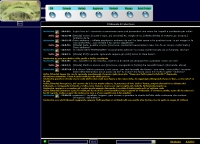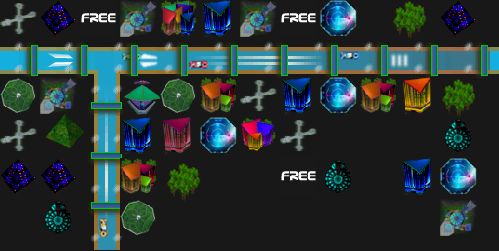


The users can navigate through the 3D representation of the campus by adopting either a first or a third person view and by selecting either a walking or a flying exploration mode.

VCampus provides a realistic-rendering of the university and allows users to obtain useful information such as building names and directories, university historical and statistical data, events scheduled to take place on campus, and area maps centered on specified locations.
#Cybertown virtual worlds software
This paper presents details of the specification, design and functionality of the virtual UNR campus software (in short, VCampus), an interactive virtual environment that allows users to explore the 3D representation of the University of Nevada, Reno. The experimental results prove the effect of the proposed approach. Digital 3D campus of Nanjing University, China, is taken as the experimental materials. Finally, a progress-zone transmission algorithm is presented to optimal the shortest route, which is derived from A-Star (A*) algorithm. Thirdly, the triangular meshes are then merged and differently weighted according to different layers. Secondly, a plane-growth algorithm and a line-connection algorithm are introduced to automatically mend the broken parts of these triangular meshes. Firstly, Delaunay triangular meshes for the terrain in 3D scene are established. This study presents a technical approach that enables the realization of autonomic visiting in 3D scenes. That is, in a digital 3D scene, a user selects several interest spots, then a route connecting these spots can be automatically determined and 3D scene can be seen along this route. Here, we propose a new roaming mode, called autonomic visiting. However, in general, when a person visits an attraction area, s/he does not follow a fixed path, but instead wander about according to his/her interests. Human-machine interactive visiting and fixed-route visiting are currently the main roaming modes in digital three-dimensional (3D) scenes.


 0 kommentar(er)
0 kommentar(er)
